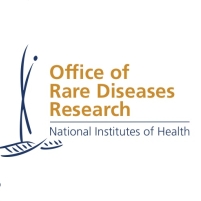National Institutes of Health to Expand Program for People with Mystery Diseases
Tuesday, July 17, 2012

Despite lean budgetary times, the National Institutes of Health (NIH) has decided to invest more money in a special program designed to identify “mystery” diseases.
The Undiagnosed Diseases Program (UDP), now in its fourth year, currently sees about 150 patients a year at a cost of $3.5 million budget. Its mission is to utilize the NIH’s vast wealth of scientific knowledge to identify and characterize previously unknown diseases.
A total of about 500 patients have been seen by UDP since it began. About 10% of patients have been fully diagnosed with a genetic disease and about 30% have a partial diagnosis.
In many instances, patients have “incredibly rare diseases” with only a few dozen cases in the world.
UDP became so popular, thanks to media attention, that it had to stop accepting new applications last year to catch up on its backlog.
Under the proposed expansion, NIH will fund five or six centers at universities at $145 million over seven years. Each center will see about 50 patients a year.
-Noel Brinkerhoff
To Learn More:
NIH to Expand Undiagnosed Diseases Program (by Jocelyn Kaiser, Science Insider)
NIH Backs Disease Detectives and RNA Sleuths (by Meredith Wadman, Nature Blog)
Medicine: Last Chance Clinic (by Brendan Maher, Nature)
Undiagnosed Diseases Program (Office of Rare Disease Research)
- Top Stories
- Unusual News
- Where is the Money Going?
- Controversies
- U.S. and the World
- Appointments and Resignations
- Latest News
- Trump Announces He Will Switch Support from Russia to Ukraine
- Americans are Unhappy with the Direction of the Country…What’s New?
- Can Biden Murder Trump and Get Away With it?
- Electoral Advice for the Democratic and Republican Parties
- U.S. Ambassador to Greece: Who is George Tsunis?






Comments